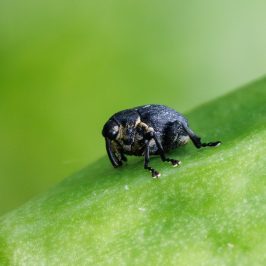Over the past few days I’ve spent a lot of time wondering about making a trip to the Somerset Levels in search of early dragonflies, but without managing to come to a decision. After going round in endless circles over weather forecasts and diary commitments, I thought I might possibly go next Tuesday, but there was still every chance that I’d manage to talk myself out of it.
Then this morning, after another round of diary, weather and hotel checks, I suddenly decided to go today, and two hours later, after scrambling through a few domestic chores, I was on the road. Snapping my first Odonata of the day by the pond at Gloucester Services, where I stopped for lunch, seemed a promising omen, but by the time I reached Glastonbury the glorious day had deteriorated: it had clouded over, and was windy and quite cool.
Nonetheless I had a very enjoyable late afternoon walk around Ham Wall. I’d have been quite happy to have posted one of the Variable Damselflies I found, because this is a species we don’t have at home, or maybe the great egret that was fishing so close to the Tor Hide, I had to wind the zoom right in. But then I decided to walk further into the reserve, to try to locate the reed bed where the now famous mass roost of Four-spotted Chasers usually takes place, and at the precise moment when I found it, the sun came out and lit the several dozen Chasers who were fluttering around the reeds and choosing their overnight perches. It’s brilliant when a plan comes together!
The main image is one of the close-up photos I managed to get by shooting through the reeds. The second photo shows just a small section of the roost, but gives an idea of the number of Four-spotted Chasers who’ve already massed there. Over the next few days the numbers should increase as more individuals emerge, and the Chasers will continue to hang out together until they’re mature, at which time they will disperse. The males will become highly territorial and aggressive, and will seek out clumps of marginal vegetation they can claim as their own, while the females will move away from water to reduce the amount of sexual harassment they have to suffer, only returning when they have eggs that need to be fertilised.








